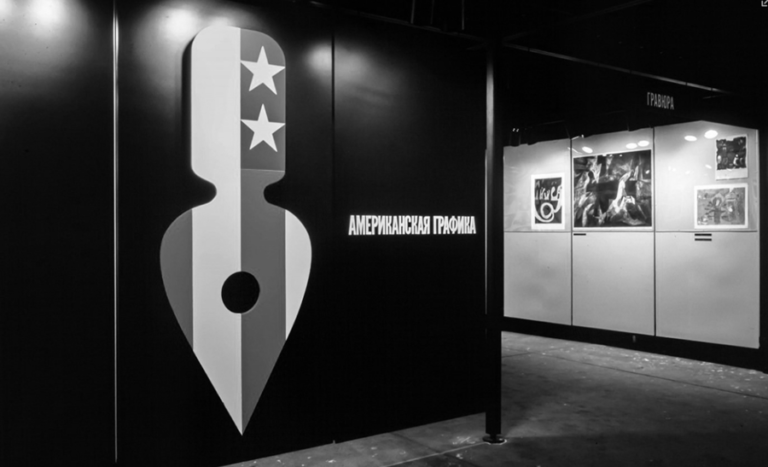AIGA Eye On Design, by Theo Inglis
The agency’s trendy rebrand isn’t the first time it has used design to spread its message.
To see the CIA launch a contemporary rebrand that has been likened to electronic music fliers or a generic tech conference identity was a start to 2021 that we didn’t see coming. The CIA’s vaguely trendy new look, unveiled on January 1st, which uses typefaces by the independent Swiss foundry Grilli Type, is clearly an attempt to improve the agency’s image among young people and to represent itself as a diverse place, shaking up its reputation as a white, male, upper-class, old boys network. In the wake of the CIA’s visual identity update, many people and publications erroneously believed that digital artist and graphic designer Ryder Ripps was responsible for the rebrand following his Instagram post taking credit for the identity, which has since been shown to be a prank.
Had it been true, it wouldn’t have been entirely without precedent. Throughout the CIA’s 74 year history, the agency has used popular artists or avant-garde culture to serve its aims and exercise American “soft power.” The CIA’s psychological operations—or “Psy-Ops”—have routinely used popular culture covertly for propaganda purposes abroad while hiding its own financial or logistical involvement behind front-organizations and plausible deniability. In the ’50s, through groups like The American Society of African Culture and the Congress for Cultural Freedom, the CIA paid for jazz musicians like Benny Goodman, Dizzy Gillespie, Dave Brubeck, Duke Ellington, and Nina Simone to perform around the world, showcasing a uniquely American art form predicated in total creative freedom, with the added benefit of trying to counteract some of the negative publicity around America’s racism and the tragedies of the civil rights movement.
Visual art was also sometimes touched by covert CIA involvement. MoMA in particular had links to the agency. Thomas Braden was its executive secretary from 1948–9 before joining the CIA where he directed cultural activities in Europe. MoMA and the CIA seemingly shared many goals; as early as 1941 the museums’ president John Hay Whitney, who during the war had briefly worked for the CIA’s forerunner the OSS, declared that the museum had a place in national defense and could be used to help counteract elements “who are doing their best to minimize the achievements and the potentialities of the United States.” It is now accepted that CIA funds, funneled through the Congress for Cultural Freedom and various real or made-up foundations, were used to promote the work of American abstract expressionist painters, like Jackson Pollock, Mark Rothko, and Willem de Kooning, whose work was seen as free of political baggage and a celebration of individual freedom. It helped that Russia, once a bastion of avant-garde abstraction thanks to Constructivism, had abandoned non-representational art in favor of state-mandated “socialist realism.”


